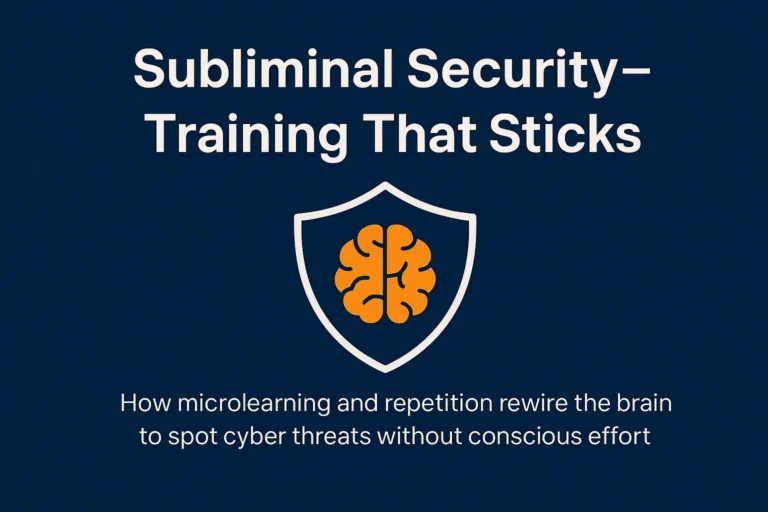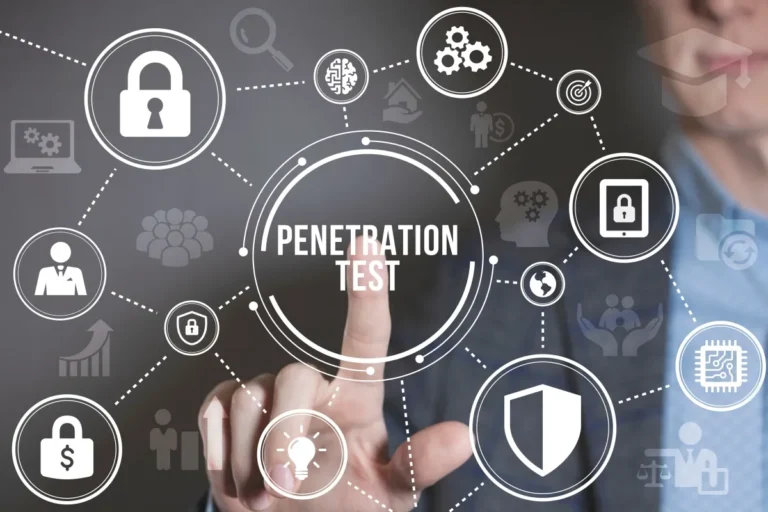Small businesses are under attack. Right now, extremely dangerous and well funded cybercrime rings in China, Russia and the Ukraine are using sophisticated software systems to hack into thousands of small businesses to steal credit card and client information, and swindle money directly out of your back account. Some, allegedly, are even being funded by their own government to attack small, virtually defenceless businesses. Are you a sitting duck?
Don’t think you’re in danger because you’re ‘small’ and not a big target like Vodafone and HSBC? Think again. 82,000 NEW malware threats are being released every single day and HALF of the cyber attacks occurring are aimed at small businesses; you just don’t hear about it because it’s kept quiet for fear of attracting bad PR, legal cases and data-breach fines, and out of sheer embarrassment.
In fact, a recent report stated that one in five businesses have been the victims of cybercrime last year – and that number is growing rapidly as more businesses utilise cloud computing online and mobile devices, and store more information online. Quite simply, most businesses are low-hanging fruit to hackers due to their lack of adequate security systems.
Compounded by COVID
As we enter another period of lockdown (likely to be several months), you need to be prepared for Cyber criminals who are using the pandemic to their advantage in order to gain access to business data. BBC News highlights that online groups are continuing to prey on fears of the coronavirus and sending ‘phishing’ emails. The scams may claim to have a ‘cure’ for the virus, offer a financial reward, or encourage you to donate. However, if clicked, you or your employee could download ransomware to the computer and spread it across your company’s network.
So what can you do?
Collaboration
Your team must continue to collaborate, therefore you need to provide them with the right tools so they feel empowered to do this. CTO can offer guidance on implementing Software as a Service (SaaS) applications and can help you choose and roll out a range of popular services, such as chat rooms, video conferencing and document sharing.
Secure Your Home Workstation
Ensure you have fully patched and updated anti-virus and anti-malware software. It’s important to follow the same best practices you would as if you were in the office, and report any suspicious activity or concerns to internal IT or your MSP.
Use a Secure WiFi Network
If possible, you should work on your secure, private home network instead of relying on public WiFi. If you send your data through an unsecured WiFi connection, you lose the power of privacy making it possible for cybercriminals to intercept your data. You may be putting personal information at risk if you are accessing your email account or sending sensitive data over a public WiFi network. It’s essential to ensure your network is secure through the use of a Virtual Private Network (VPN) and a strong password that isn’t easily cracked. Alternatively adopt Two Factor Authentication for accessing devices – this is actually free with Windows 10.
But why use a VPN?
They are encrypted network connections that allow your remote workforce to securely access your company’s
systems. And if you need to set up new accounts or accesses so your team can work efficiently from home, you should set strong passwords for user accounts. In particular, you should implement two-factor authentication (2FA) if available.
Coordinate With Your Internal IT or MSP
When working remotely, it’s crucial to continue your typical cybersecurity best practices and reach out with any questions or concerns. If something has happened to your device, early reporting may help minimise the risk to business data. By providing clear and basic information this will help your employees stay connected and ahead of cyber threats. If you would like further advice on remaining productive, without increasing cybersecurity risk don’t hesitate to reach out to CTO.
Many thanks
Richard
Senior Consultant | Phone: 01135329800 | Email: richard@coreteamone.com



